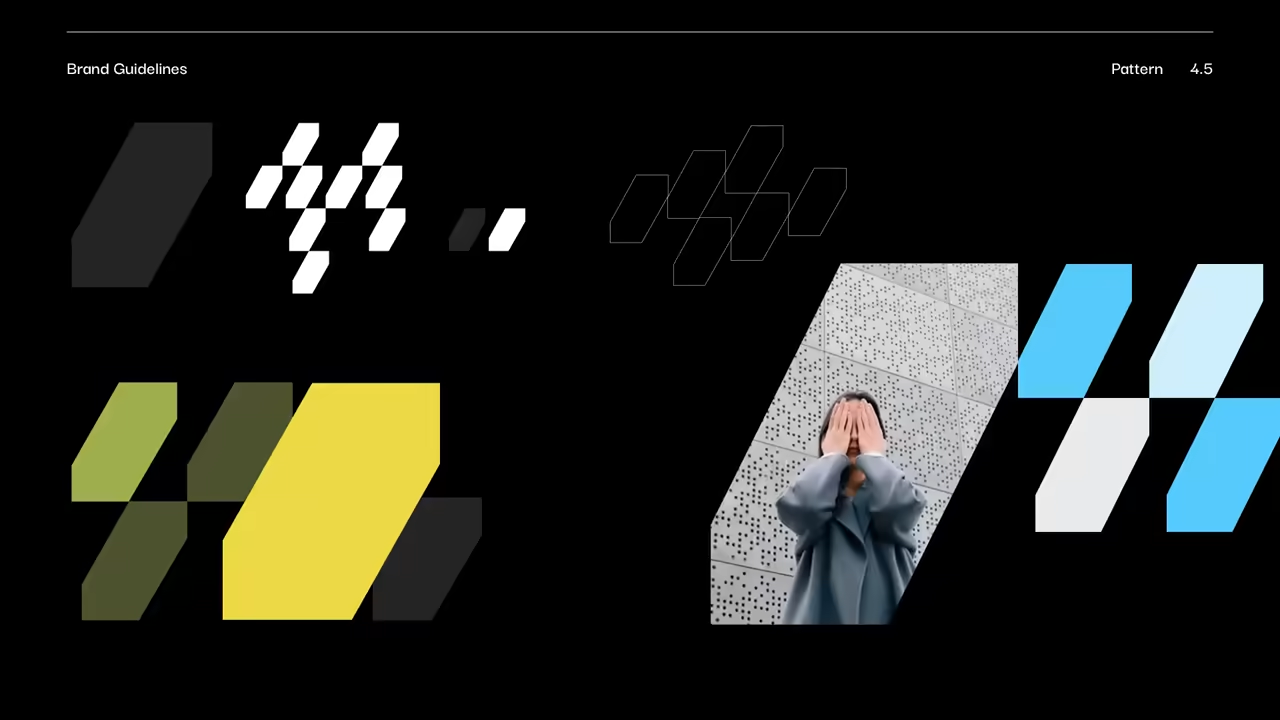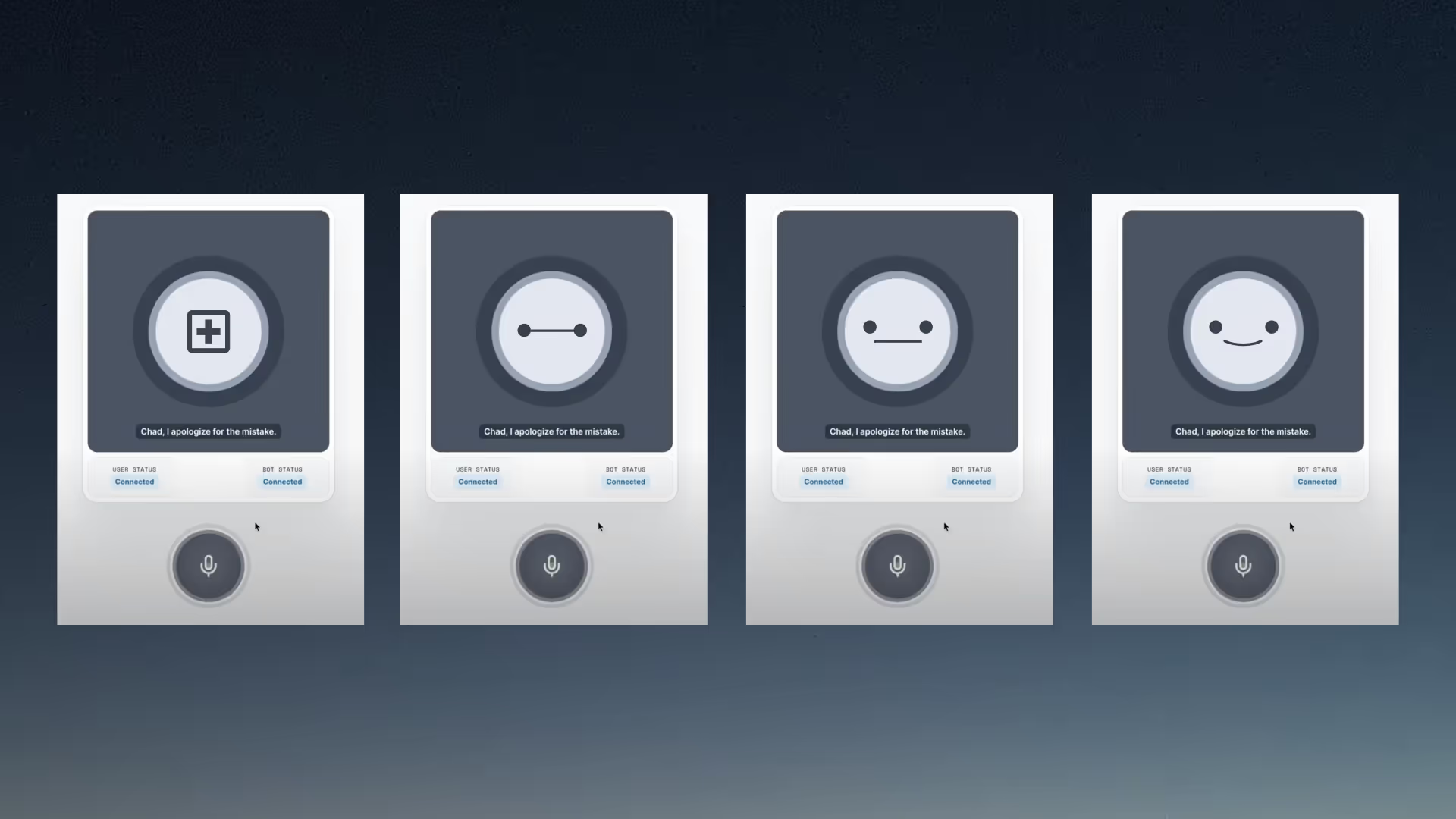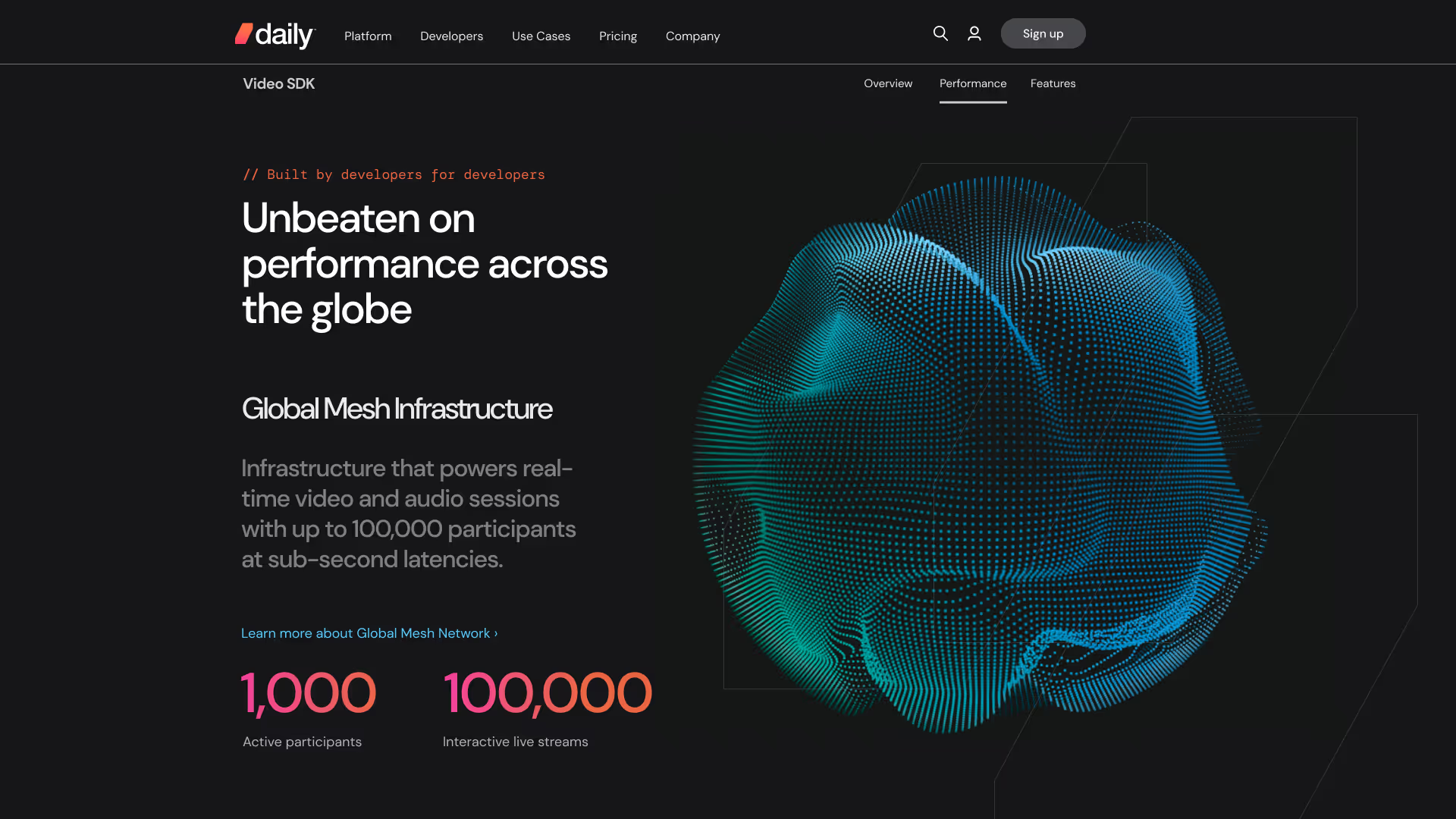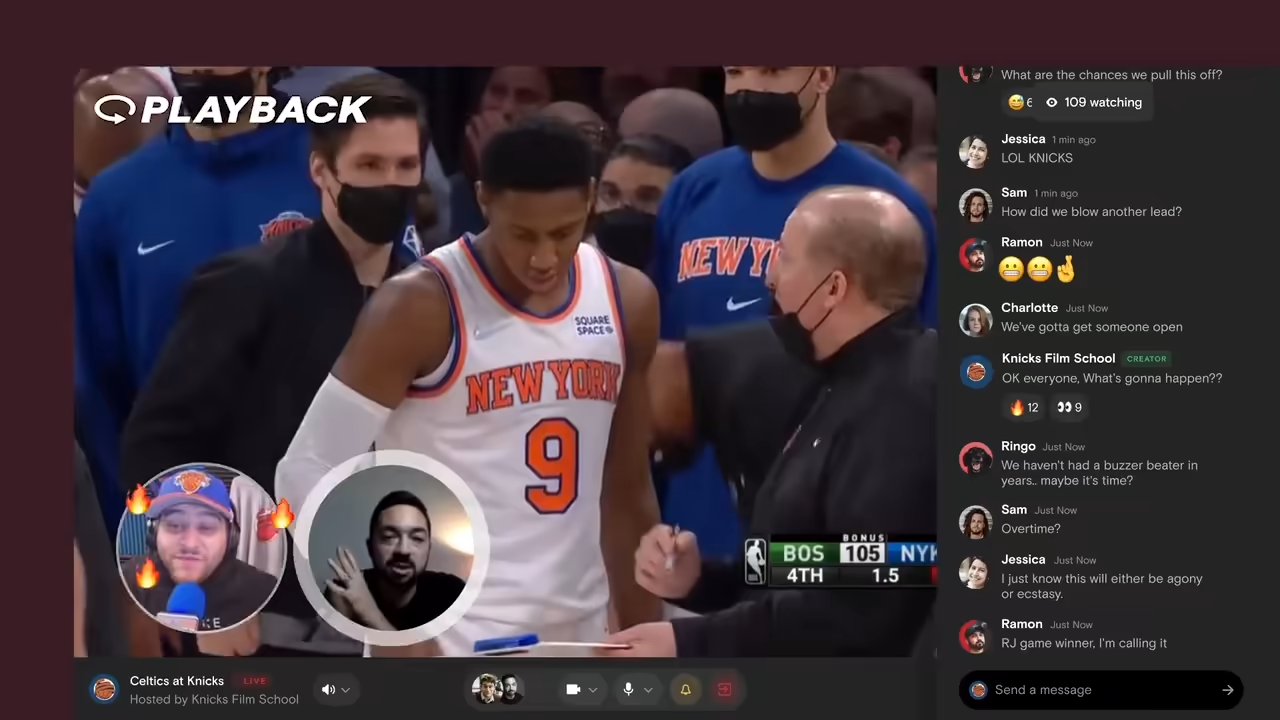
Daily rebrand: logo design

Daily rebrand: pattern and mask exploration
Daily powers some of the most innovative video experiences in telehealth, education, and collaboration. In 2022, as real-time media collided with a new generation of multimodal AI tools, the opportunity expanded dramatically. The line between video calls, avatars, and voice agents began to blur. My role was to help shape that next frontier — through design direction, systems thinking, and a deep integration of technology and storytelling.
Role
Head of Design
Creative Direction / System Design & Integration / Brand & Product Strategy
Collaborators
Engineering
Product Marketing
Customer Success
Events & Content
Executive Team
Under the Hood
Figma
Webflow > WordPress
Next.js + Tailwind
GitHub CI
The Takeaway
Rebrand + Web Migration
Case study series
Real-time AI telehealth UI
Real-time AI framework
Reframing Daily's Identity
When I joined as Head of Design, the company was on the verge of a major repositioning. Developers already trusted Daily for its speed and reliability — but not yet for its design voice. My role was to unify those strengths into a brand that resonated equally with CTOs, founders, and engineers building the next generation of AI-powered video experiences.
We launched a complete rebrand and digital migration — a new identity, website, and communication system aligned to Daily’s evolving strategy. The result was a more modular, API-driven web experience that could scale with new product lines, developer documentation, and live demos.
The shift wasn't just visual. It redefined how the company talked about its value — from video infrastructure to human connection as a platform.

Daily pattern animation

Daily interactive live stream — bring to stage
Designing the Voice of AI
The most pivotal moment came when we began exploring real-time, voice-driven AI experiences. I led the design of Daily’s first live, interactive prototype — an experimental web app that let users hold a natural, spoken conversation with a virtual character.
It was simple, expressive, and surprisingly human — an experiment in real-time voice, emotion, and timing that captured how AI could feel alive. What began as a playful social demo quickly proved to be a turning point.
That prototype directly inspired a new production concept: a live voice telehealth onboarding experience. Here, the same conversational AI principles guided patients through intake forms, answered questions naturally, and adapted dynamically to their pace and tone. What had started as an experiment in personality became a practical interface for care and empathy.
The UI and interaction patterns we developed for that telehealth demo became the foundation for Pipecat, Daily’s open-source framework for multimodal AI agents. In just a few months, a lightweight prototype had evolved into the design language for a company-wide shift — from video infrastructure toward a real-time AI voice platform.

Daily Telehealth app states

Daily Telehealth app checklist interface
Human Stories, Real Impact
Alongside the technical work, I launched a remote customer storytelling series, producing interviews with telehealth and edtech founders using Daily’s API. These stories gave texture to the technology — showing how real-time video transforms therapy, education, and collaboration in daily life.
One of my favorite moments came during an interview with Zach Jordan, founder of Easy EMDR. As he demonstrated how therapists use integrated video to watch eye movements and body cues in trauma therapy, the deeper impact of our platform became tangible. It wasn’t just about latency or SDKs — it was about trust, empathy, and access to care.
Designing the Future of Real-Time AI
By early 2024, Daily had become one of the most credible voices in the emerging space of AI-powered real-time interaction. The company’s Pipecat framework was open-sourced, empowering developers to build conversational agents that combine voice, video, and emotion in real time.
My contribution was to translate that technology into experience — to shape how it felt. To make AI present — not abstract. And to make a developer toolset feel as intuitive and expressive as the humans who would use it.

Daily Video SDK web page

Daily customers interface examples